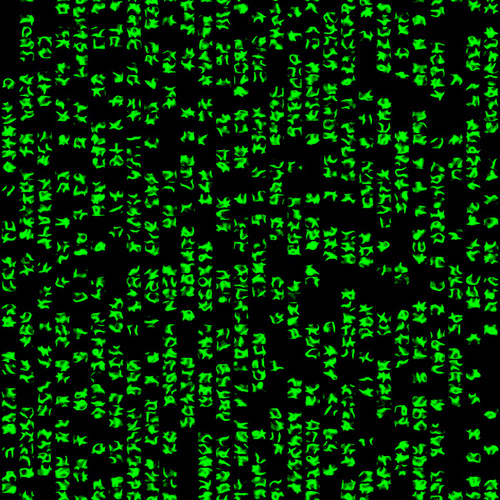We can build a computer system that could generate a surprising event, and we can build a computer system that would recognize it.
When Mary Lou Maher said these words at the Media Systems gathering at UC Santa Cruz, she wasn’t talking about hypothetical systems working in sterile domains like block stacking. She was talking about the already-demonstrated power of computational models in rich areas of human creativity, like music and humor… creative domains in which strong expectation is key to our experience.
Maher’s wide-ranging talk encompasses examples of the simulation, synthesis, evaluation, augmentation, and enabling of creative behavior by computational systems — in domains ranging from dance to architecture to crowdsourcing. All of these can be productively framed as “operationalization,” a major theme of Media Systems also addressed in Nick Montfort’s and Ian Bogost’s talks.
Maher’s talk, and the discussion it inspired, also serves to highlight some of the differences between the engineering and art/humanities cultures that it bridges. For example, attempting to operationalize the ways that designers actually work — which often involves changing the problem definition — highlights how different it is from mainstream engineering culture, in which making sure all constraints are satisfied is often a baseline. But this realization then identifies an engineering challenge: creating systems that can experiment with shifting problem definitions, potentially creating powerful new approaches.
